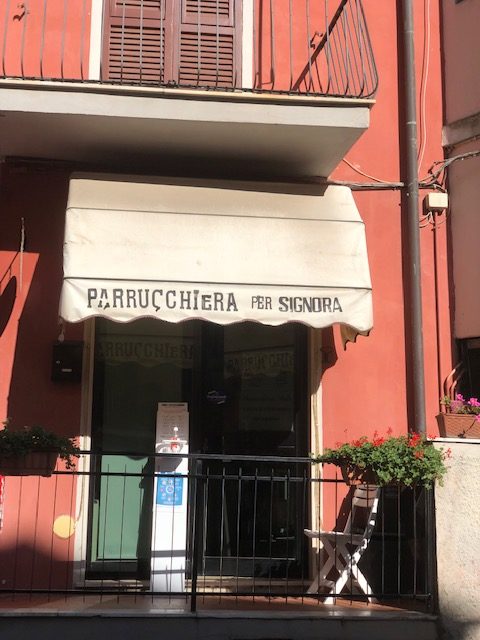

If fingers can be called giddy, mine are, as I type this post on pasta matta. A lean and salty pastry, it makes a delicious casing for a glut of savoury tarts and pies, known throughout Italy as torte salate. I confess I am a total flirt when it comes to pastry. Over the years, I have fallen hard for puff pastry, rich shortcrust, buttery layers of filo etc., but it’s pasta matta that I want to settle down with.
The name “pasta matta” means crazy pastry or dough. A simple mix of flour, salt, water and a splash of olive oil, some folks say that the name “matta” relates to the fact that very little fat is used to make it. To me, that doesn’t sound like much by way of an explanation. However, I am more than happy to go along with the “crazy” name and ask no further questions. Crazy making, crazy good, crazy fill-in-the- blank … they are all, endearing to me.
Unquestionably, with its very low-fat content, pasta matta is the poor relative of other pastries. And yet, it is exactly this austerity, that renders it a total winner for every-day, home cooking. For the cook, it is much less demanding to make (no buttery mess stuck to the bench in summer!), and for the eater, pasta matta delivers full-on flavour, but is never too rich, nor does it leave you feeling too full. Win.
This austerity is also echoed in the savoury fillings that make up torte salate. Rather than an extravagance of eggs and cream, Italian tarts tend to be simple, light, casual dishes that lend themselves to unending improvisations. In essence, they bring together some cooked veg, a little ricotta, an egg and a generous fistful of sharp cheese. The combo is then loaded into the crisp, lean pastry, baked, and its job done.
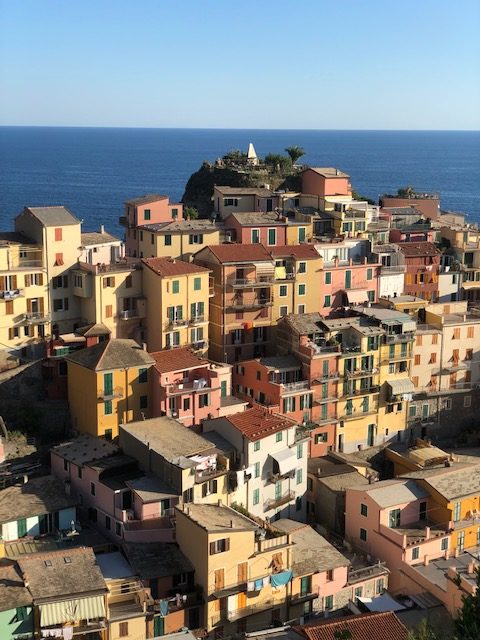
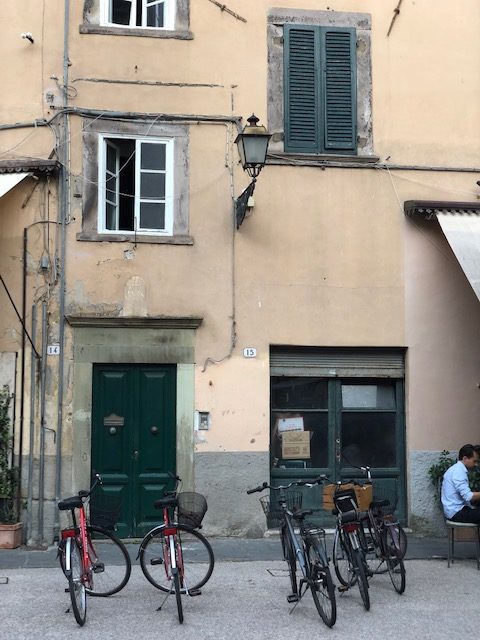
The recipe I have given below is for my current favourite torta salata, that of sweet roasted capsicum and onion, combined with a punchy mix of smoked provolone and pecorino romano cheese. It was inspired by my rockstar friend Cristina. It looks complicated I know but sure, it is really 2 recipes in one. Firstly, the humble, but boy does it get under your skin, pasta matta pastry. I use a slightly modified version of Genovese ex-politician now food blogger, Renata Briano’s recipe. In particular, I like her technique. For Italian speakers check out her how to clip on youtube. For non-Italian speakers, it is still useful just to see the texture you are aiming for. I have also tried to give some pics. Keep in mind, that the pastry does well to rest for 1 hour in the fridge, so whip it up early.
Next is the recipe for the filling of the tart itself. Mostly, it is just a matter of practice, getting to know your ingredients (different brands of flour or ricotta for example will perform differently) and developing an “occhio” (an eye) for what you are after. Overall, it is a very forgiving style of tart so don’t hold back with the experimenting.
I usually make my tarts in a heavy, oven proof pan with a diameter of 29cm, so adjust your quantities for what you are working with. I prefer a solid, rather than a loose-bottomed tart pan, for 2 reasons – firstly, because I like to smear a little olive oil underneath the pastry for a super crispy finish. Secondly, because it is a very, thin, elasticy pastry that sometimes has wee holes and I want to avoid the risk of ingredients escaping (I hate cleaning the oven!). A solid based tart tin however, is not crucial.
Size wise, you want to have enough excess pastry to fold the edges back over the tart. Many folks trim their pastry with a fancy, ravioli wheel (some even, with crimped edges) but I prefer a rougher look. I wouldn’t be great at rolling out the pastry to form an even circle, nor would I be the most coordinated when it comes to laying and centering the pastry in the pan, but for me, asymmetrical is a charm. I’m totally on for having some sections of the pastry almost doubled back into the centre, other areas with a border of just an inch. Suit yourself. The pastry is fantastically malleable. Indeed, it feels almost alive so, talk it into any shape you want.
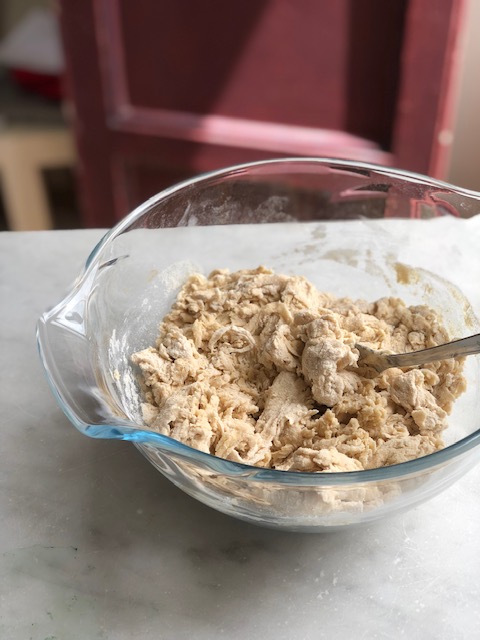
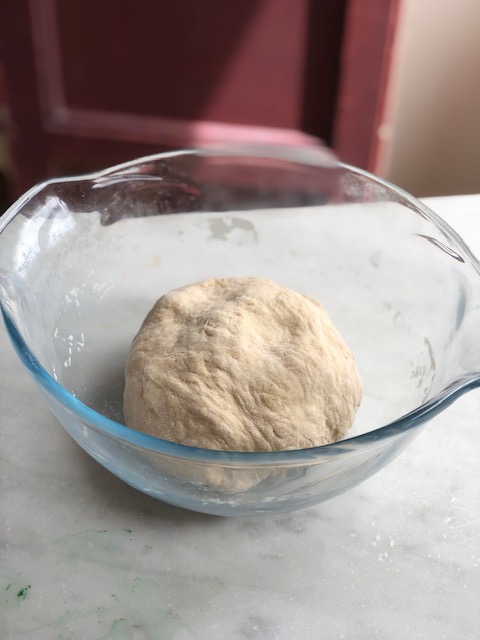
For the filling, I am currently in the habit of roasting veggies in batches. I make this tart when I have capsicums already cooked, rather than starting from scratch. If like me, the mere thought of having the oven on for extended periods in summer, has you breaking out in a sweat, you could instead, just soften capsicum slices in a pan with a little olive oil for around 15 minutes together with the onion. When the veggies are cooked, just scatter them over the pastry.
In preparing the cheese and egg covering keep in mind that the mixture is thick and, that it will barely cover the vegetables. Add a few tablespoons of milk to make the mixture more spreadable if needed. Unlike for example, a high-top French quiche, torte salate are low-rise tarts, that travel well, and that can be picked up and eaten with your hands. For this reason, perhaps, they are fondly associated with warm weather, picnics and outdoor gatherings. You know – those big, cheery, inclusive affairs Italians love to go in for.
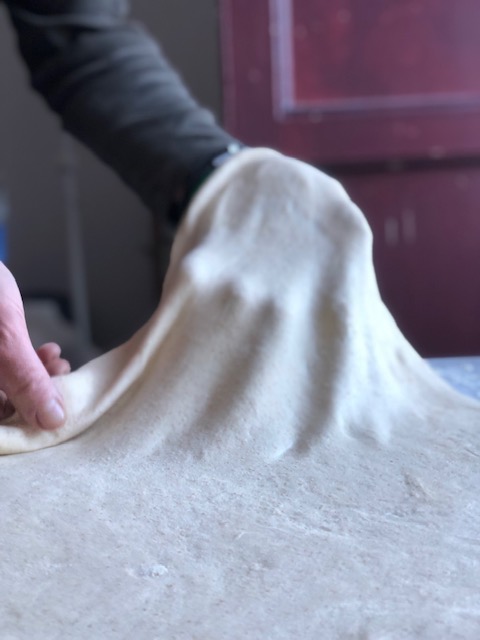
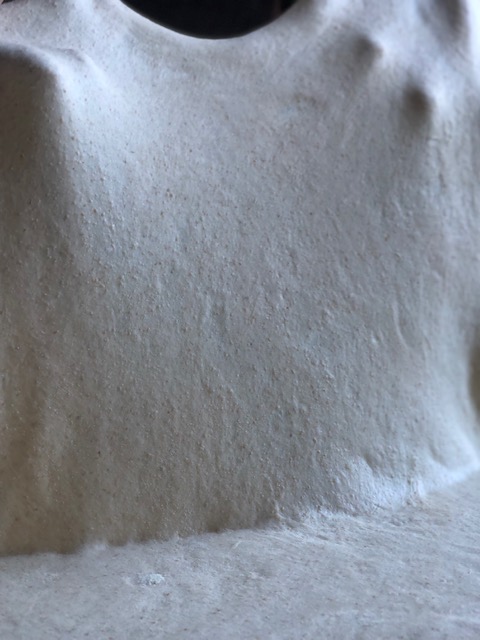
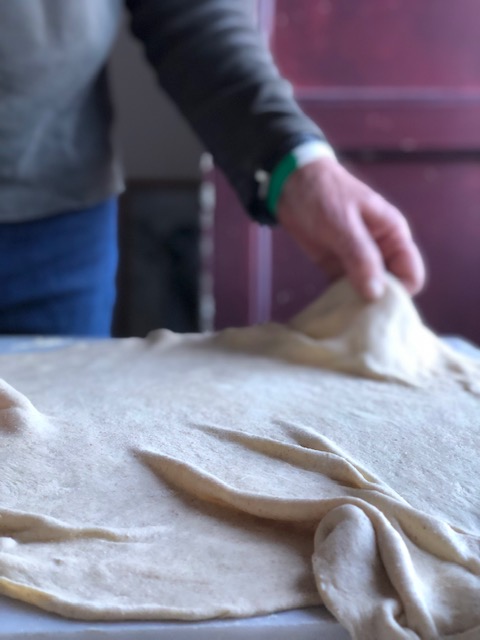
Crazy Pastry ~ Pasta Matta
- 250g of farina tipo 1 or plain flour
- good pinch of salt
- 15ml extra virgin olive oil
- 125ml water
- Several tablespoons of durum wheat flour (semolina) for flouring the bench (substitute with regular flour)
Place all ingredients in a wide mixing bowl (big enough for your hands to get in there). Using a fork, mix together for around 30 seconds until thick, messy, strings form.
Using your hands, knead the dough in the bowl for around 2 minutes collecting any crumbs from the bottom or sides of the bowl and incorporating them into the dough as you go. Add extra flour if the mixture seems too sticky to create a smooth dough.
Shape the dough into a ball, return it to the bowl then cover the bowl with plastic wrap. Refrigerate for 1 hour. Preheat the oven to 200ºC, and while the dough is resting, prepare your tart fillings.
(*If you are pressed for time, try the shortcut of sprinkling some durum wheat flour on the bench, placing down the dough then covering in a damp tea towel to prevent it drying out, leave for ½ hr only).
Sprinkle the bench with durum wheat flour. Remove pastry from the refrigerator and start shaping it into a circle by passing the edges from one hand to another, letting the weight of the pastry pull it down.
Lay the pastry on the bench and use a rolling pin to stretch and shape as you desire. The pastry will be thin, and elasticy. Don’t worry if small holes appear, they can easily be patched up.
Lightly grease the inside of your tart tin with olive oil.
Using your hands, pick up the stretchy pasty and lay it into your tart tin. If the sides of the pastry are flopping inwards, lightly pressing them against the oiled tin may help or, if the pastry is significantly larger than the pan, let the pastry overhang on the outside as you load in your tart fillings.


Roasted Capsicum, Onion and Pecorino Romano Tart ~ Torta Salata di Peperone Rosso, Cipolla e Pecorino Romano
- 1 quantity of pasta matta
- 2-3 red capsicum, sliced and roasted in olive oil until soft
- 1 onion, finely chopped
- 250g ricotta
- 80g smoked provolone cheese, cut into small cubes
- 60g pecorino romano, grated
- 1 egg
- pinch of nutmeg
- black pepper
- 60ml milk *optional
Lightly fry the onion in a little olive oil until just soft. Cool.
Lay the onion and roast capsicum slices over the base of a prepared tart tin with pasta matta.
Mix together the cheeses and egg, adding a little milk if the mixture seems too thick to spread. Add a pinch of nutmeg and black pepper. Hold off adding salt as the pecorino is typically very salty.
Carefully spread the mixture over the cooked vegetables in the tart tin.
Fold the edges of the pastry back towards the centre of the tart, creating little tucks intermittently.
Brush the pastry edges with a little olive oil.
Bake in a preheated oven for around 20 minutes on the middle shelf. Remove from the oven, if any oil is bubbling up from underneath use it to brush over the pastry edges again.
Return the tart to the oven for a further 10minutes. This time place the tart on the bottom shelf, or directly on the floor of the oven. This will ensure a well cooked and crispy base. The top will be golden brown when cooked. Remove from the oven and place on a wire rack to cool.
